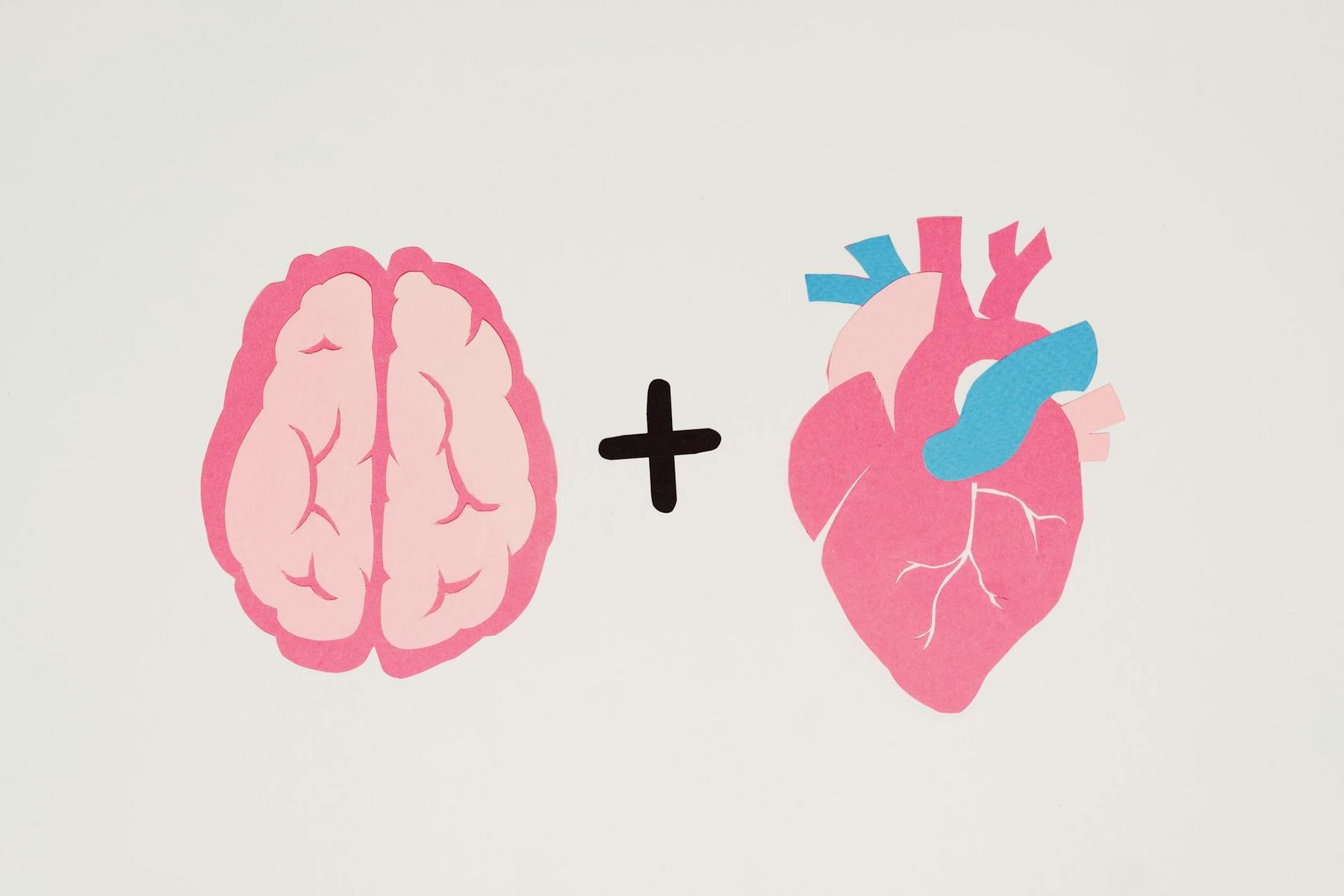In an era defined by perpetual connectivity and fragmented attention spans, the capacity to engage in sustained, undistracted cognitive effort has become increasingly rare—and proportionally more valuable. The average professional worker experiences interruptions every three minutes, whilst simultaneously navigating an environment engineered to fracture concentration through notifications, meetings, and the pervasive expectation of immediate responsiveness. This erosion of focused mental capacity represents more than a mere inconvenience; it constitutes a fundamental threat to professional advancement, creative achievement, and the cultivation of genuine expertise in an economy that increasingly rewards deep thinking over shallow productivity theatre.
Cal Newport, computer science professor at Georgetown University and acclaimed productivity researcher, identified this crisis of attention and developed a systematic framework to reclaim our cognitive capabilities. His methodology offers not a collection of superficial productivity hacks, but rather a comprehensive philosophy grounded in cognitive science, economic theory, and the study of how exceptional individuals across disciplines achieve remarkable outcomes. Understanding and implementing this framework has become essential for professionals seeking to distinguish themselves in an increasingly competitive landscape where true concentration has become a scarce and valuable commodity.
What Is Deep Work and Why Does It Matter in 2026?
Deep work represents professional activities performed in a state of distraction-free concentration that push cognitive capabilities to their limit. These efforts create new value, improve skill, and prove difficult to replicate. Newport distinguishes this sharply from shallow work—logistical tasks performed whilst distracted that rarely create substantial new value and can be easily replicated by others with minimal training.
The significance of mastering deep work has intensified considerably as we progress through 2026. The professional landscape increasingly bifurcates into two distinct categories: those who can identify and solve complex problems through sustained analytical effort, and those who perform repetitive, easily automated tasks vulnerable to technological replacement. Research demonstrates that the ability to quickly master hard things and produce at an elite level constitutes the cornerstone of professional advancement in knowledge-based economies.
The neurological foundation underlying deep work relates to myelin production—the insulating material that wraps neural circuits and increases signal strength. When we concentrate intensely on a specific skill, our neural circuits fire in targeted patterns, prompting oligodendrocytes to wrap those circuits in myelin. This biological process transforms tentative neural connections into high-bandwidth pathways capable of extraordinary performance. However, this myelination occurs exclusively through focused attention; attempts to learn whilst distracted fundamentally compromise the quality of neural circuit development.
The economic implications prove equally compelling. Newport’s framework establishes that high-quality work produced equals time spent multiplied by intensity of focus. This deceptively simple formula reveals why professionals who cultivate deep work capabilities can accomplish in hours what takes distracted workers days or weeks. In competitive professional environments, this differential compounds dramatically over careers, creating substantial disparities in achievement, recognition, and advancement.
How Does Cal Newport’s Framework Define the Architecture of Concentration?
Newport’s concentration framework rests upon recognising deep work as a skill requiring deliberate cultivation rather than an innate talent distributed unevenly across the population. This democratising perspective suggests that virtually anyone can develop profound concentration capabilities through systematic practice and environmental design—provided they understand the underlying mechanisms and commit to structured implementation.
The framework identifies attention residue as a primary obstacle to achieving deep work states. When we switch from Task A to Task B, our attention doesn’t immediately follow; a residue of our attention remains stuck thinking about the original task. This phenomenon proves particularly insidious with quick checks of email or social media. Even brief diversions create significant attention residue that degrades cognitive performance for extended periods afterwards. The implication proves clear: to achieve genuine depth requires eliminating all potential sources of distraction, not merely minimising them.
Newport distinguishes between four distinct deep work philosophies, each suited to different professional contexts and personality types. The monastic philosophy involves radical elimination of shallow obligations through extended isolation. The bimodal philosophy divides time into distinct periods, with at least one full day dedicated exclusively to depth. The rhythmic philosophy establishes deep work as a regular habit through consistent daily scheduling. Finally, the journalistic philosophy involves fitting deep work wherever possible into unpredictable schedules—though Newport acknowledges this demanding approach suits only those with considerable practice.
| Deep Work Philosophy | Time Commitment | Isolation Level | Best Suited For | Implementation Difficulty |
|---|---|---|---|---|
| Monastic | Weeks/months | Complete withdrawal | Academics, writers with single focus | Very High |
| Bimodal | Full days/weeks | Periodic complete isolation | Professionals with flexible schedules | High |
| Rhythmic | 1-4 hours daily | Routine but moderate | Most professionals | Moderate |
| Journalistic | Variable opportunistic | Minimal structure | Experienced practitioners only | Very High |
What Are the Four Foundational Rules of Deep Work?
Newport structures his framework around four cardinal rules that collectively establish conditions necessary for sustained cognitive depth. These rules don’t function as isolated tactics but rather as interconnected principles forming a comprehensive system.
Rule One: Work Deeply
Human willpower represents a finite resource that depletes throughout the day. Consequently, the aspiration to “try harder” when faced with distraction proves insufficient. Instead, productive deep work requires establishing routines and rituals that minimise the willpower necessary to transition into and maintain concentration states. This involves specifying precisely where you’ll work, for exactly how long, and under what specific conditions. Elite performers across disciplines demonstrate remarkable consistency in their working environments and pre-work rituals—not due to superstition, but because routine eliminates the decision fatigue that compromises depth.
Rule Two: Embrace Boredom
The ability to concentrate intensely represents a skill that must be trained. Constant distraction fundamentally rewires neural circuitry, creating a dependence on novelty that makes sustained focus physiologically uncomfortable. Newport argues that scheduling occasional breaks from focus to give into distraction proves backwards; instead, we must schedule breaks from distraction to engage with stimulating content. This inverted approach retrains attention spans, gradually increasing tolerance for cognitive depth. The implication extends beyond work hours—constant smartphone checking during leisure fundamentally undermines concentration capacity during professional hours.
Rule Three: Quit Social Media
Newport advocates the craftsman approach to tool selection: identify core factors determining success and happiness, then adopt technologies only if their substantial positive impacts on these factors markedly outweigh substantial negative impacts. This rigorous framework stands in stark contrast to the any-benefit approach most professionals unconsciously employ, where any possible benefit justifies using a network tool. Research demonstrates that social media platforms represent attention-mining operations engineered by the world’s most talented programmers specifically to fracture concentration and manufacture compulsion.
Rule Four: Drain the Shallows
Shallow work expands to fill available time. Without aggressive limitation, logistical tasks, administrative requirements, and communication obligations will consume entire working days, leaving no capacity for depth. Newport recommends scheduling every minute of the workday in advance, establishing fixed-schedule productivity by working backwards from a firm finishing time, and becoming increasingly difficult to reach through communication protocols that shift effort from the sender to the recipient. These strategies prove uncomfortable initially but generate dramatic increases in meaningful output.
How Can Professionals Implement Deep Work Strategies Systematically?
Implementation begins with conducting an honest audit of current work patterns. Track all activities for one week, categorising each as either deep or shallow work. Most professionals discover with dismay that less than 10% of their working hours involve genuine depth—a sobering realisation that provides motivation for systematic change.
Establish a depth goal appropriate to your professional context. Academic researchers might reasonably target four hours of daily deep work, whilst corporate professionals in collaborative environments might initially aim for 90 minutes. The specific duration matters less than consistency and gradual expansion of capacity. Research suggests that even world-class performers rarely exceed four hours of daily depth—the cognitive demands prove genuinely exhausting.
Design your physical environment to support concentration. This extends beyond simple noise reduction to encompass visual stimuli, ambient temperature, lighting quality, and the removal of any objects associated with distraction or shallow work. Some practitioners maintain entirely separate spaces for deep versus shallow work, leveraging environmental cues to trigger appropriate cognitive states.
Implement the shutdown ritual—a specific sequence performed at the end of each working day that reviews remaining professional obligations and creates a plan for addressing them. This ritual serves dual purposes: ensuring important tasks don’t fall through cracks, and providing psychological closure that permits genuine disconnection during leisure hours. The phrase “shutdown complete,” spoken aloud, marks the definitive end of professional thinking until the following morning.
What Obstacles Prevent Deep Work and How Do You Overcome Them?
The most formidable obstacle proves cultural rather than individual: contemporary business culture has developed what Newport terms “the any-benefit mindset” toward communication tools and collaborative technologies. Organisations adopt platforms and protocols based solely on potential benefits whilst ignoring substantial costs to sustained concentration. This creates environments where genuine depth becomes structurally impossible regardless of individual commitment.
Professional obligations frequently involve the expectation of rapid responsiveness. Colleagues, clients, and supervisors often interpret delayed responses as disrespect or incompetence. Overcoming this requires explicit communication about working practices, establishing specific windows for communication, and demonstrating through exceptional output that depth-oriented approaches generate superior results. Initially uncomfortable conversations about availability prove worthwhile when they protect cognitive capacity for genuinely valuable work.
Internal resistance represents another significant challenge. Years of conditioning have trained most professionals to experience discomfort during sustained concentration. The neural pathways supporting rapid task-switching and novelty-seeking have been strengthened through repetition, whilst pathways supporting depth have atrophied. Rebuilding concentration capacity requires patience and acceptance of initial discomfort—recognising that like physical conditioning, cognitive conditioning involves temporary unpleasantness preceding eventual capability.
The proliferation of open-plan offices constitutes a structural barrier to depth. Research conclusively demonstrates that open offices increase distractions and decrease productivity, yet organisations continue implementing them based on misguided beliefs about collaboration and culture. Individual professionals must advocate assertively for concentration-supporting environments, leveraging data on performance impacts to make evidence-based cases for change.
How Do Modern Professionals Adapt Deep Work for Contemporary Challenges?
As we navigate 2026, the principles underlying deep work remain constant whilst implementation methods must adapt to evolving technological and professional landscapes. Remote and hybrid work arrangements present both opportunities and challenges for concentration practices. The absence of commuting and office distractions creates potential for unprecedented depth, yet the merging of home and work environments requires deliberate boundary establishment to prevent work expansion into all available time.
Artificial intelligence tools increasingly handle routine cognitive tasks, amplifying the premium on distinctly human capacities for creative synthesis, complex problem-solving, and strategic thinking—precisely the capabilities deep work develops. Professionals who master concentration frameworks position themselves advantageously as technological automation continues advancing, whilst those dependent on shallow work face increasing displacement.
The measurement of deep work success requires tracking both quantitative and qualitative indicators. Quantitatively, monitor hours spent in genuine depth, significant projects completed, and demonstrable skill acquisition in targeted domains. Qualitatively, assess the satisfaction derived from work, the sense of progress toward meaningful goals, and the reduction of anxiety associated with constant partial attention. These combined metrics provide reliable feedback for refining practices.
Integrating Concentration Practices into Professional Identity
The cultivation of deep work capabilities transcends mere productivity enhancement to constitute a fundamental reorientation of professional identity. Newport argues compellingly that meaning derives not from leisure activities but from the sustained effort required to achieve excellence in valued domains. This philosophical foundation positions deep work as central to professional fulfilment rather than simply career advancement.
The framework challenges prevailing assumptions about work-life balance, suggesting that integration rather than separation proves more sustainable. By working with genuine intensity during designated periods, professionals accomplish more in less time, creating authentic leisure without the anxiety and guilt that plague those who never truly disconnect. This approach generates what Newport terms “rest as reward”—the psychological permission to fully disengage during non-working hours earned through demonstrable productivity during working hours.
For organisations and consultancies seeking to cultivate high-performing teams, supporting deep work requires systemic commitment rather than individual exhortation. This involves redesigning communication expectations, creating concentration-supporting physical environments, rewarding outcomes rather than visible busyness, and modelling depth-oriented practices at leadership levels. The organisations that successfully embed these principles will attract and retain the most capable professionals whilst generating dramatically superior results.
The path toward mastering deep work proves demanding but eminently achievable for professionals committed to systematic implementation. By understanding the cognitive science underlying concentration, establishing appropriate environmental conditions, and progressively building capacity through deliberate practice, individuals can reclaim their attention from the forces conspiring to fragment it. In an economy increasingly defined by cognitive capability rather than physical presence, this framework offers not merely competitive advantage but essential preparation for professional relevance in years ahead.
Looking to discuss your health options? Speak to us and see if you’re eligible today.













